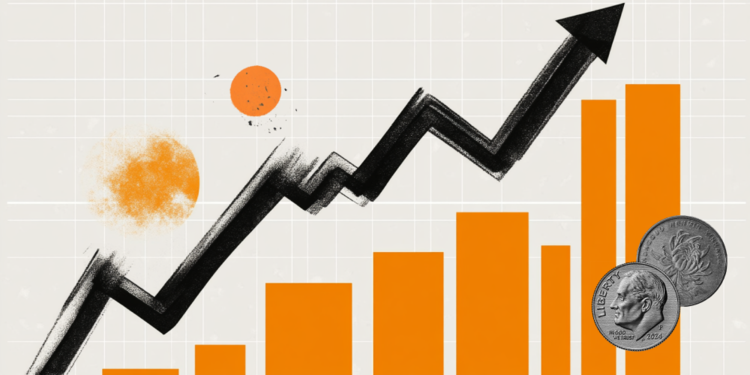The Japanese Yen (JPY) remains under broad selling pressure, extending its slide against the US Dollar (USD) on Wednesday, with USD/JPY climbing to 153.00, its highest level since February 14. At the time of writing, the pair is trading around 152.84, up more than 3.5% so far this week, as persistent Yen weakness keeps the upward momentum intact.
The Yen’s weakness reflects sustained capital outflows as investors rotate out of both the Euro (EUR) and the Yen in response to political shake-ups in France and Japan, boosting demand for the US Dollar (USD). The leadership change in Tokyo under Sanae Takaichi has prompted traders to pare back expectations for near-term Bank of Japan (BoJ) tightening. Meanwhile, France’s ongoing political turbulence, following the resignation of Prime Minister Sébastien Lecornu, is weighing heavily on the Euro.
The shift in sentiment has strengthened flows into the Greenback, leaving it firmly bid despite the Federal Reserve’s (Fed) dovish monetary policy outlook and the prolonged United States (US) government shutdown.
The latest minutes from the September 16-17 Federal Open Market Committee (FOMC) meeting showed policymakers voted to cut the federal funds rate by 25 basis points (bps) to 4.00-4.25%, citing rising downside risks to the labour market following softer-than-expected jobs data in July and August.
Almost all participants said it would likely be appropriate to ease policy further later in 2025 if labour-market softness persists. However, they stressed the importance of maintaining anchored long-term inflation expectations. The Fed staff revised up its Gross Domestic Product (GDP) growth projection for 2025-2028, thanks to stronger-than-expected consumer spending and business investment, even as participants continued to expect inflation to stay above 2% in the near term before gradually returning to target.
Policymakers emphasised that policy is not on a preset course and future moves will depend on incoming data and the balance of risks. Several members noted that financial conditions suggested policy may not be especially restrictive and therefore argued for a cautious pace of further easing, while one dissenter, newly appointed Fed Governor Miran, preferred a 50 bps cut, citing greater labour market weakness and a lower neutral rate.
Japanese Yen Price Today
The table below shows the percentage change of Japanese Yen (JPY) against listed major currencies today. Japanese Yen was the strongest against the Swiss Franc.
| USD | EUR | GBP | JPY | CAD | AUD | NZD | CHF | |
|---|---|---|---|---|---|---|---|---|
| USD | 0.34% | 0.34% | 0.47% | 0.05% | -0.02% | 0.30% | 0.50% | |
| EUR | -0.34% | 0.00% | 0.18% | -0.28% | -0.39% | 0.01% | 0.16% | |
| GBP | -0.34% | 0.00% | 0.18% | -0.25% | -0.34% | 0.01% | 0.18% | |
| JPY | -0.47% | -0.18% | -0.18% | -0.46% | -0.51% | -0.19% | -0.03% | |
| CAD | -0.05% | 0.28% | 0.25% | 0.46% | -0.09% | 0.25% | 0.43% | |
| AUD | 0.02% | 0.39% | 0.34% | 0.51% | 0.09% | 0.35% | 0.55% | |
| NZD | -0.30% | -0.01% | -0.01% | 0.19% | -0.25% | -0.35% | 0.18% | |
| CHF | -0.50% | -0.16% | -0.18% | 0.03% | -0.43% | -0.55% | -0.18% |
The heat map shows percentage changes of major currencies against each other. The base currency is picked from the left column, while the quote currency is picked from the top row. For example, if you pick the Japanese Yen from the left column and move along the horizontal line to the US Dollar, the percentage change displayed in the box will represent JPY (base)/USD (quote).
Read the full article here


